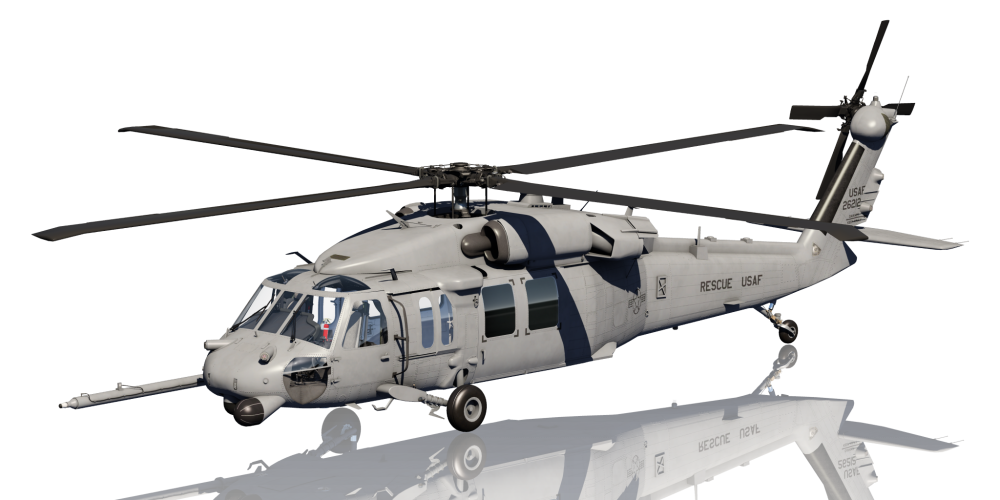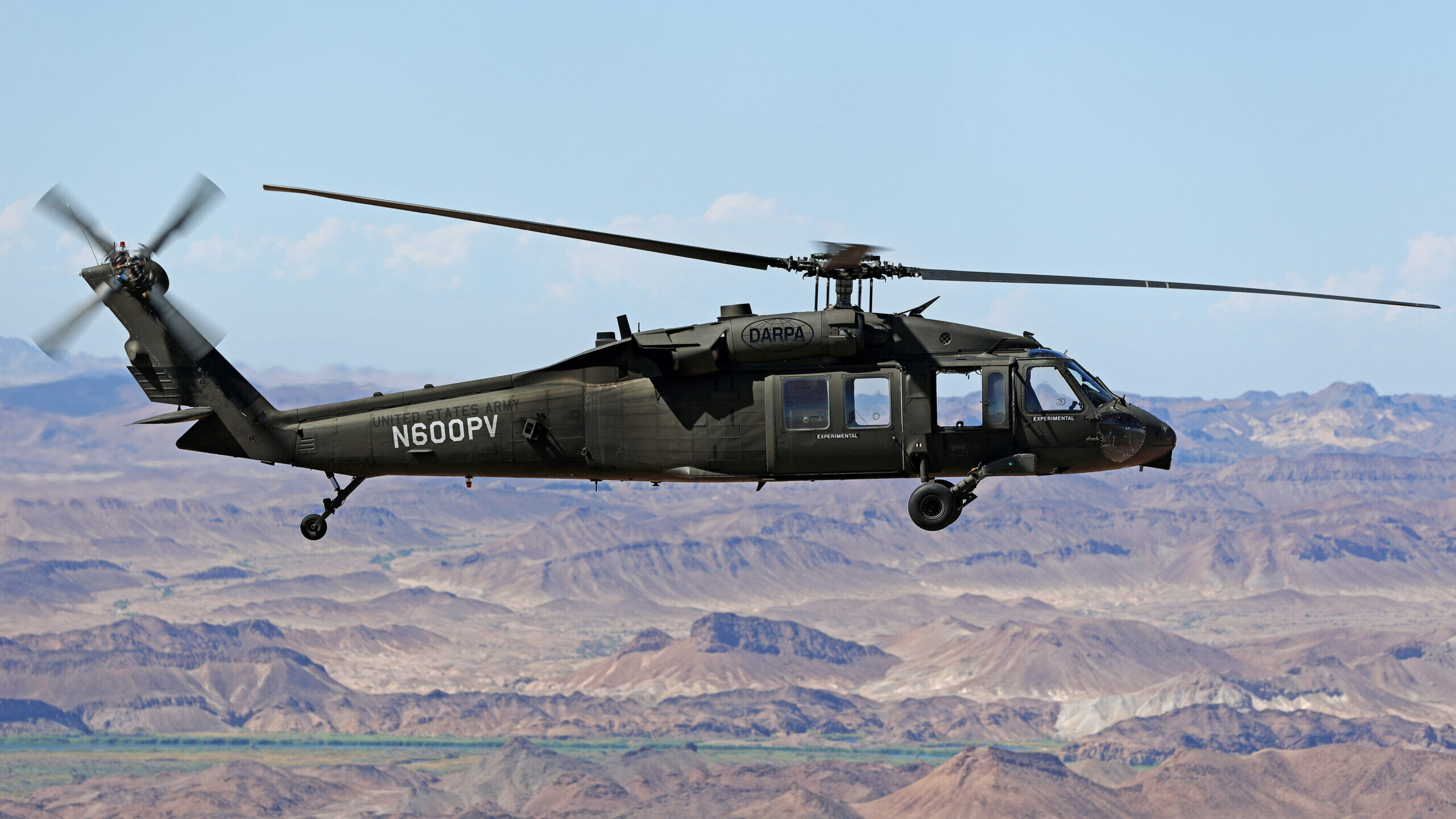Breaking Down the UH 60's Impact on Global Defense Methods and Procedures
Breaking Down the UH 60's Impact on Global Defense Methods and Procedures
Blog Article
UH-60: Advancements in Modern Helicopter Layout
The UH-60 helicopter stands as a standard in contemporary aeronautics, showcasing significant improvements in style and modern technology that cater to the progressing needs of military operations. As we discover the evolution and essential technologies of the UH-60, it becomes necessary to consider how these advancements affect not just current applications however likewise the future landscape of helicopter layout.

Development of the UH-60
The evolution of the UH-60 Black Hawk helicopter represents a substantial turning point in aerospace engineering and army aeronautics. Introduced in the late 1970s, the UH-60 was designed by Sikorsky Airplane to satisfy the United States Military's requirement for a versatile energy helicopter efficient in carrying out a variety of goals. Its style emphasized speed, ability to move, and sturdiness, setting new standards for functional performance.
The UH-60 features a distinct four-blade rotor system, which enhances lift and stability, allowing it to run successfully in diverse settings. Its airframe is built from advanced composite products, adding to a reduction in weight while keeping architectural honesty. The helicopter's layout likewise incorporates better the rules of aerodynamics, which enhances fuel efficiency and raises variety.
Throughout the years, the Black Hawk has actually undergone numerous upgrades to improve its capacities, including boosted engines, advanced flight control systems, and modular systems for simple upkeep and adaptability. The helicopter's capability to perform objectives varying from army transport to medical discharge has actually strengthened its duty as a foundation of U.S. armed forces procedures. The UH-60 Black Hawk continues to be an archetype of just how development in helicopter style can dramatically impact armed forces performance and operational adaptability.
Advanced Avionics Systems
Improvements in avionics systems have actually transformed the abilities of modern-day helicopters like the UH-60 Black Hawk, boosting operational efficiency and situational understanding (UH 60). The integration of advanced avionics permits boosted flight, navigation, and communication management, making the UH-60 a lot more flexible in diverse mission profiles
Among the vital attributes is the innovative electronic cockpit, which employs multifunction displays that provide real-time information, making certain pilots have prompt accessibility to important trip info. This streamlining of information minimizes pilot work and improves decision-making processes throughout complicated operations. Additionally, the unification of general practitioner and inertial navigation systems enables specific positioning and path planning, improving mission implementation in challenging environments.
In addition, progressed avionics systems enhance interaction abilities through safe and secure data links and voice interaction systems, allowing smooth sychronisation with ground forces and various other aircraft. The assimilation of automatic trip control systems additionally contributes to boosted stability and control, specifically in negative weather or during low-altitude maneuvers.
Engine and Efficiency Enhancements
Engine performance in modern-day helicopters has taken a significant jump forward, driven by innovations that improve performance, dependability, and power. At the leading edge of these improvements is the adoption of even more effective turboshaft engines, particularly those utilizing sophisticated products and modern technologies that allow higher temperature level tolerances and boosted thrust capacities. The UH-60 Black Hawk, as an example, utilizes the T700-GE-701C engine, which includes this article a dual-channel, full-authority digital engine control system. This system boosts efficiency while enhancing fuel consumption and decreasing upkeep requirements.
Moreover, the assimilation of engine health monitoring systems permits real-time diagnostics and predictive upkeep, considerably enhancing functional integrity. These systems not just sharp staffs to possible issues before they end up being essential but also assist in a lot more reliable upkeep scheduling, consequently minimizing downtime.

Products and Structural Innovations
Recent advancements in products and architectural layout have reinvented modern helicopter building and construction, boosting both performance and sturdiness. The introduction of sophisticated composite products, such as carbon fiber strengthened polymers, has actually dramatically lowered weight while preserving structural stability. This change not only enhances fuel effectiveness however likewise boosts payload capability, enabling helicopters like the UH-60 to carry out more diverse missions.
Additionally, developments in aluminum alloys and titanium parts have actually added to enhanced resistance to deterioration and exhaustion, prolonging the lifespan of critical airframe components. The calculated use these products has actually resulted in a reduction in upkeep requirements and improved general operational preparedness.

Additionally, the integration of computer-aided style (CAD) and additive manufacturing modern technologies has made it possible for much more lightweight frameworks and complex geometries, these details enhancing the aerodynamic performance of helicopter layouts. These developments promote rapid prototyping and manufacturing, allowing makers to react swiftly to progressing mission requirements.
Safety And Security and Survivability Features
Safety and security and survivability attributes in modern-day helicopter layout have actually become paramount, reflecting the enhancing demands for objective efficiency in difficult atmospheres. The UH-60 Black Hawk, a remarkable instance, incorporates innovative innovations to improve team and traveler protection.
The helicopter also employs a ballistic protection system, which consists of armored staff seats and crucial systems protecting, minimizing susceptability to little arms fire and shrapnel. Improved situational understanding is accomplished with advanced avionics and sensor technologies, permitting pilots to identify and stay clear of hazards properly.
Additionally, the combination of redundancy in vital systems-- such as double engines and multiple flight control networks-- makes sure continued operation even if one system falls short. The UH-60 is furnished with innovative emergency flotation tools, boosting survivability in water landings. Collectively, these attributes not only enhance the security of workers yet also increase mission success rates in hostile atmospheres, demonstrating the dedication to excellence in helicopter layout.
Final Thought
The UH-60 helicopter represents a substantial improvement in modern air travel technology, including innovative products, cutting-edge avionics, and robust safety and security features. Its advancement reflects a dedication to enhancing performance and functional efficiency while making sure pilot and crew survivability. The combination of light-weight composites and advanced navigating systems highlights the helicopter's flexibility in numerous army missions. Generally, the UH-60 works as a benchmark for future advancements in helicopter layout, embodying durability and convenience in contemporary military operations.
The UH-60 helicopter stands as a standard in modern aviation, showcasing significant developments in style and innovation that provide to the progressing demands of armed forces operations. As we check out the evolution and essential developments of the UH-60, it ends up being vital to think about exactly how these developments influence not only current applications but also the future landscape of helicopter design.
Presented in the late 1970s, the UH-60 was made by Sikorsky Airplane to satisfy the United States Army's need for a functional energy helicopter qualified of carrying out a variety of missions. The UH-60 Black Hawk continues to be a prime instance view it of exactly how advancement in helicopter style can considerably impact army efficiency and operational flexibility.
On the whole, the UH-60 serves as a benchmark for future developments in helicopter layout, symbolizing durability and flexibility in modern armed forces operations.
Report this page